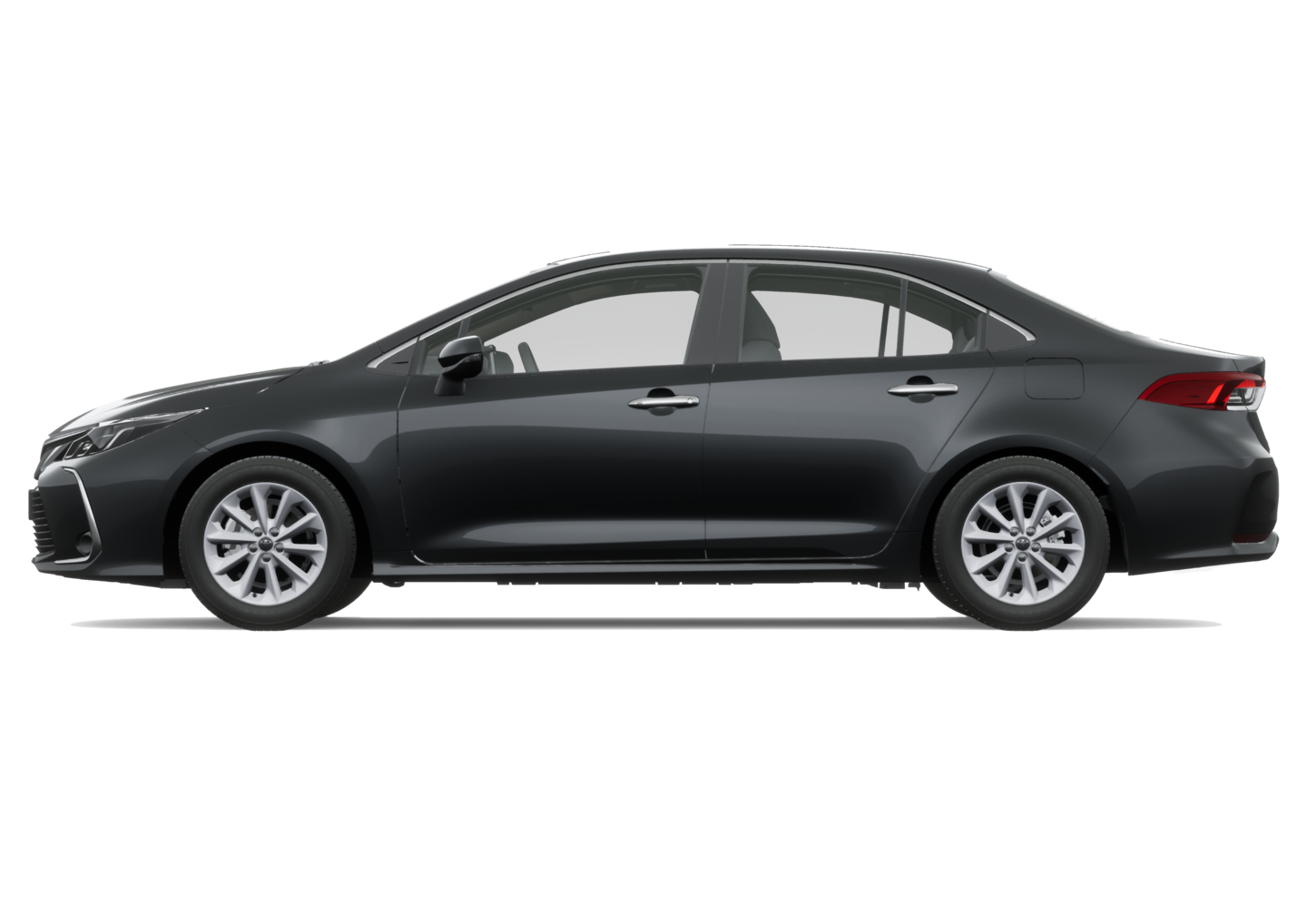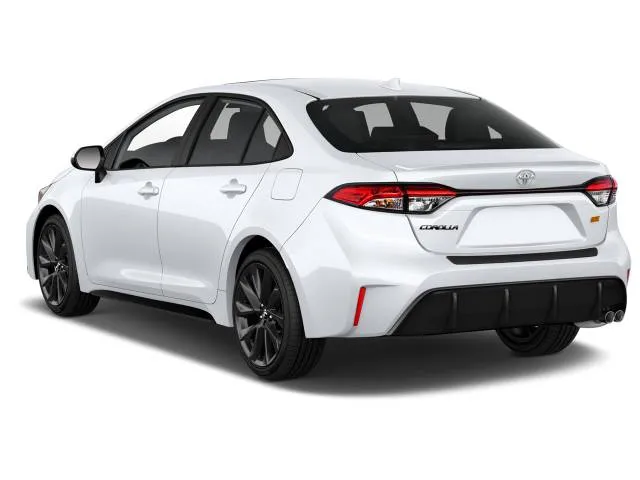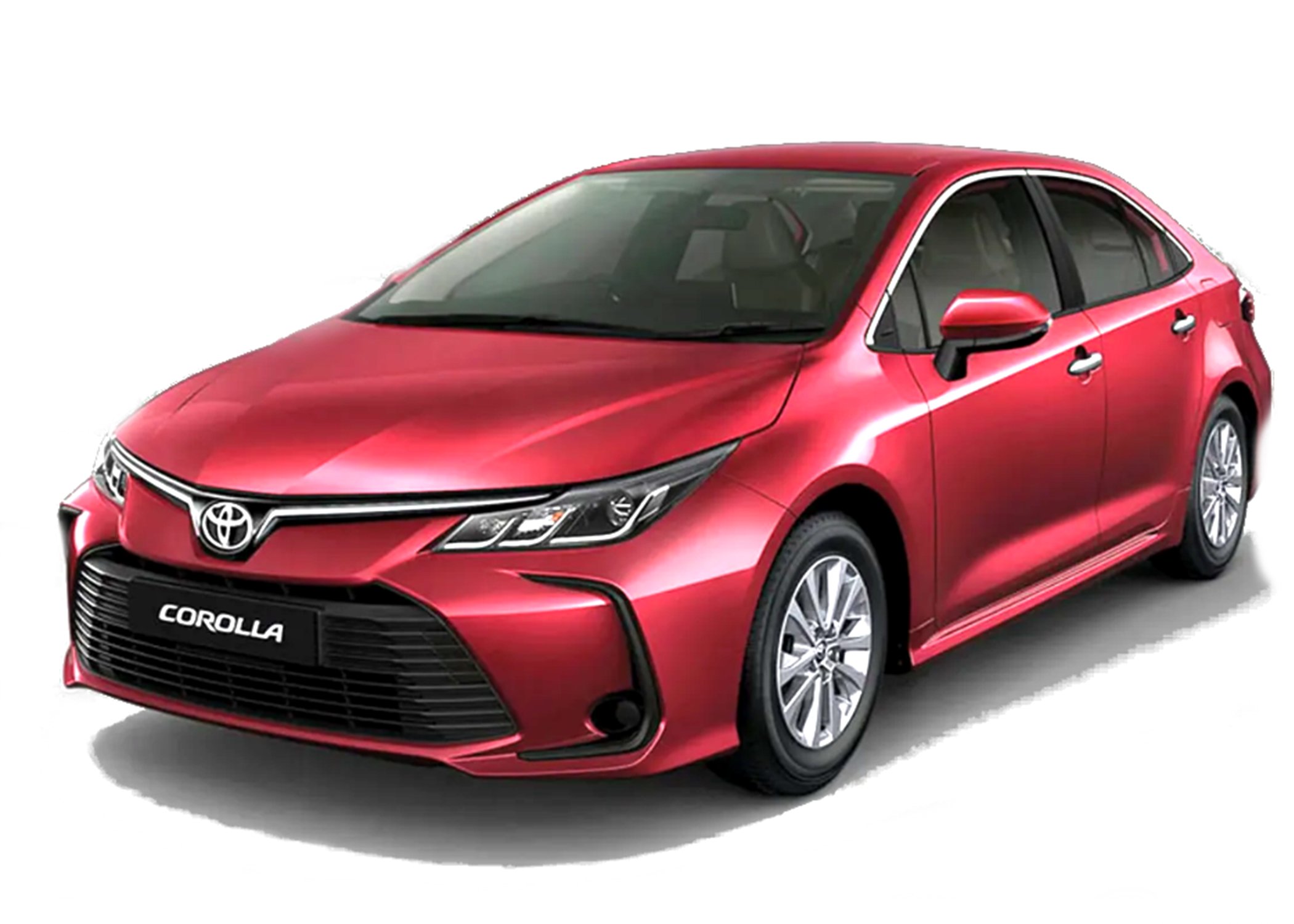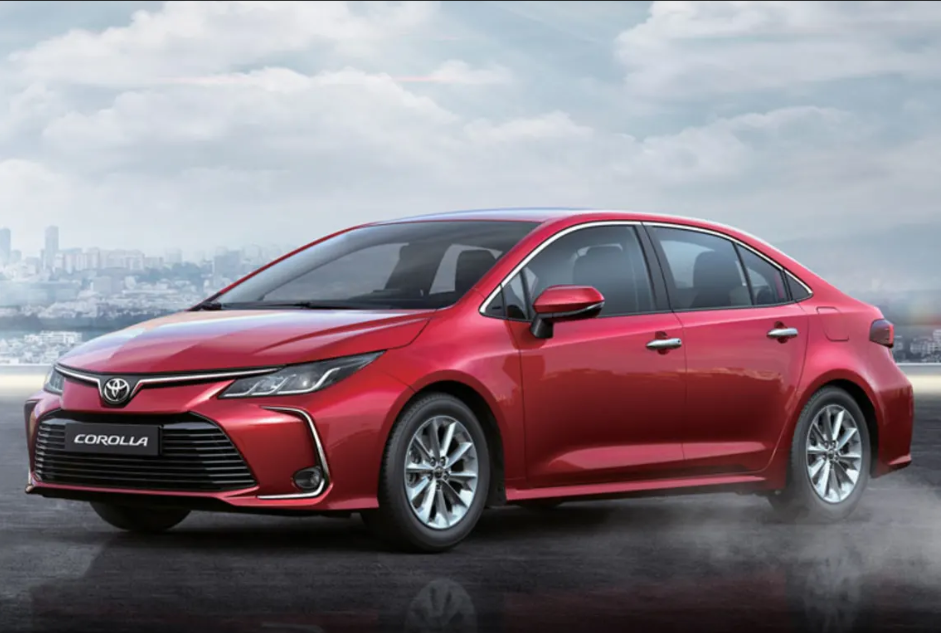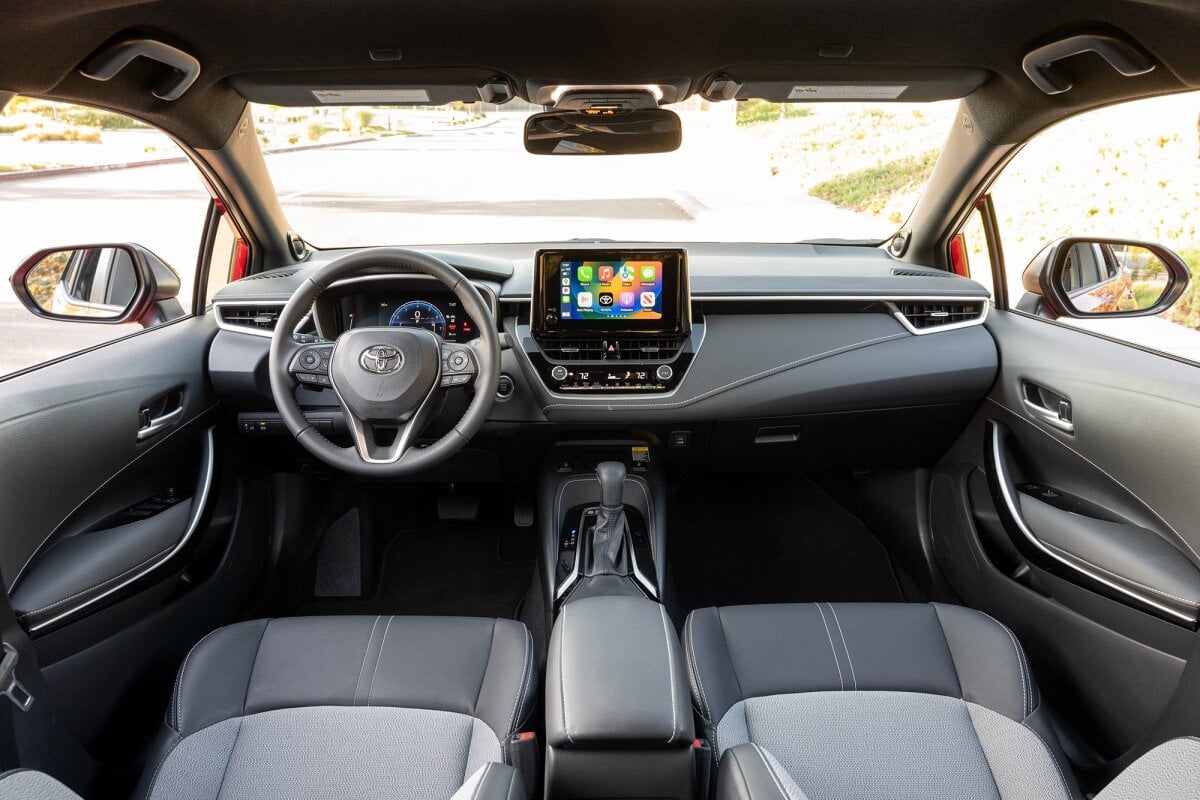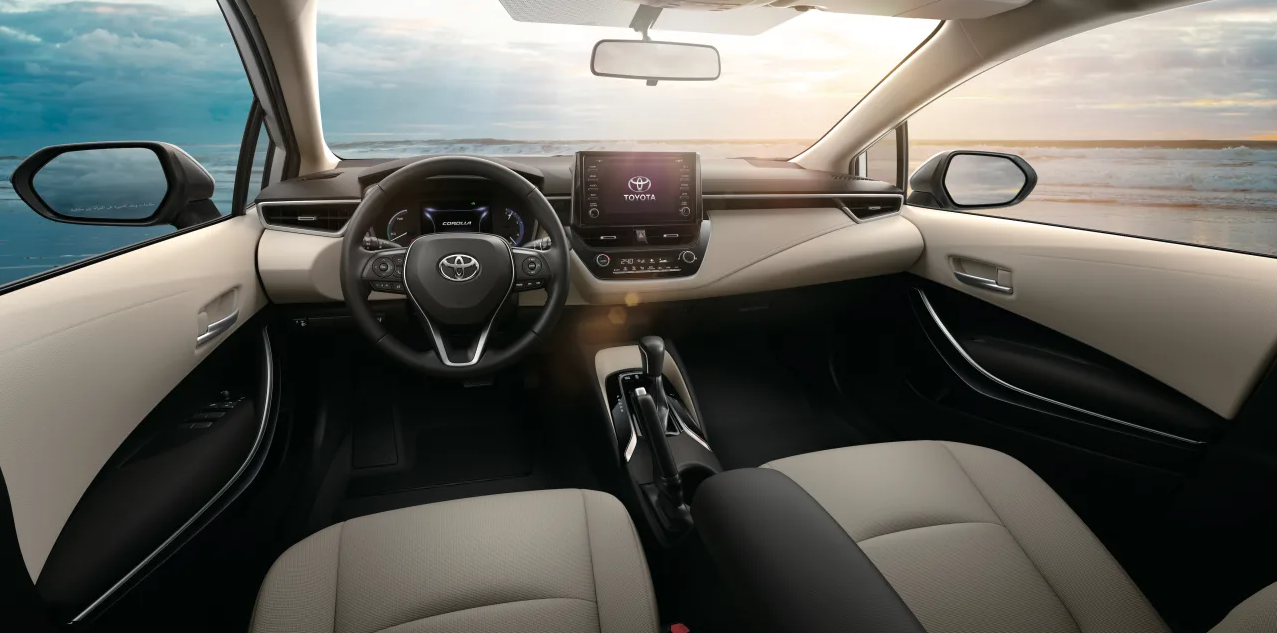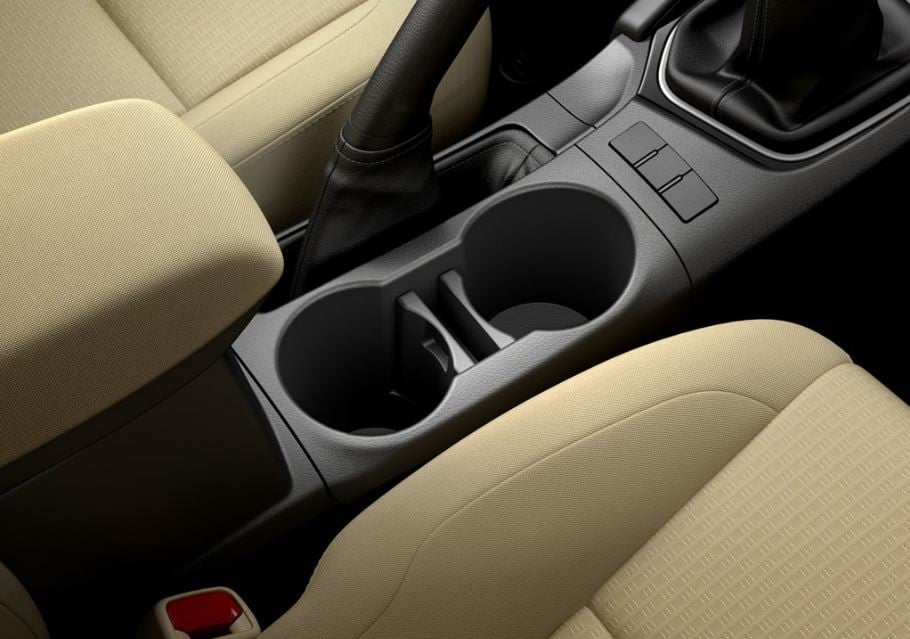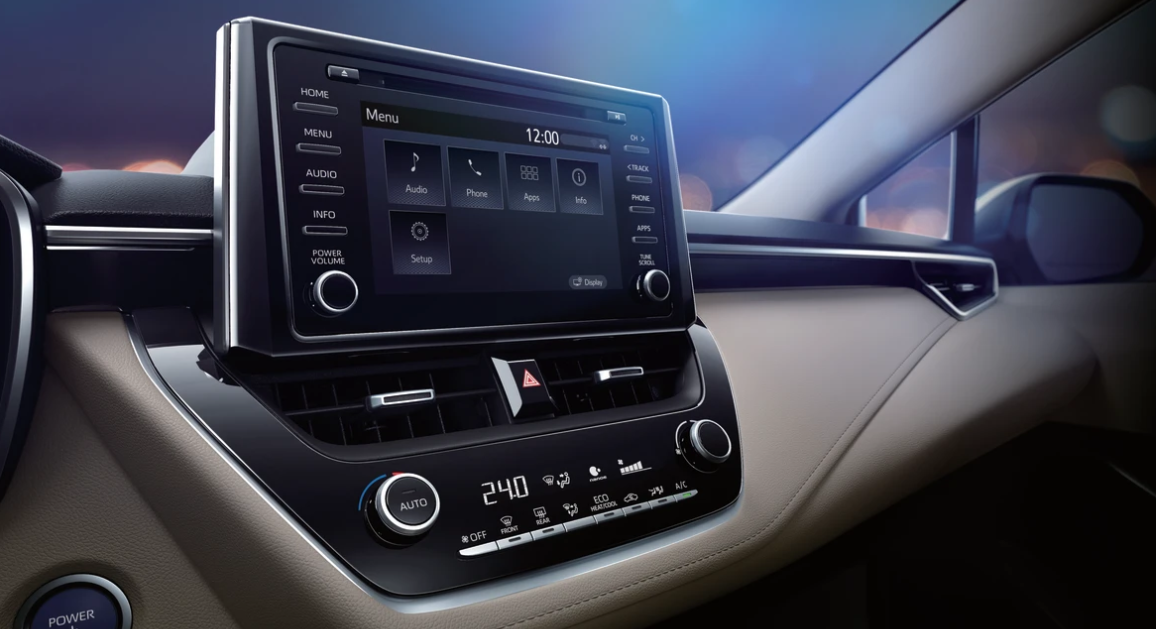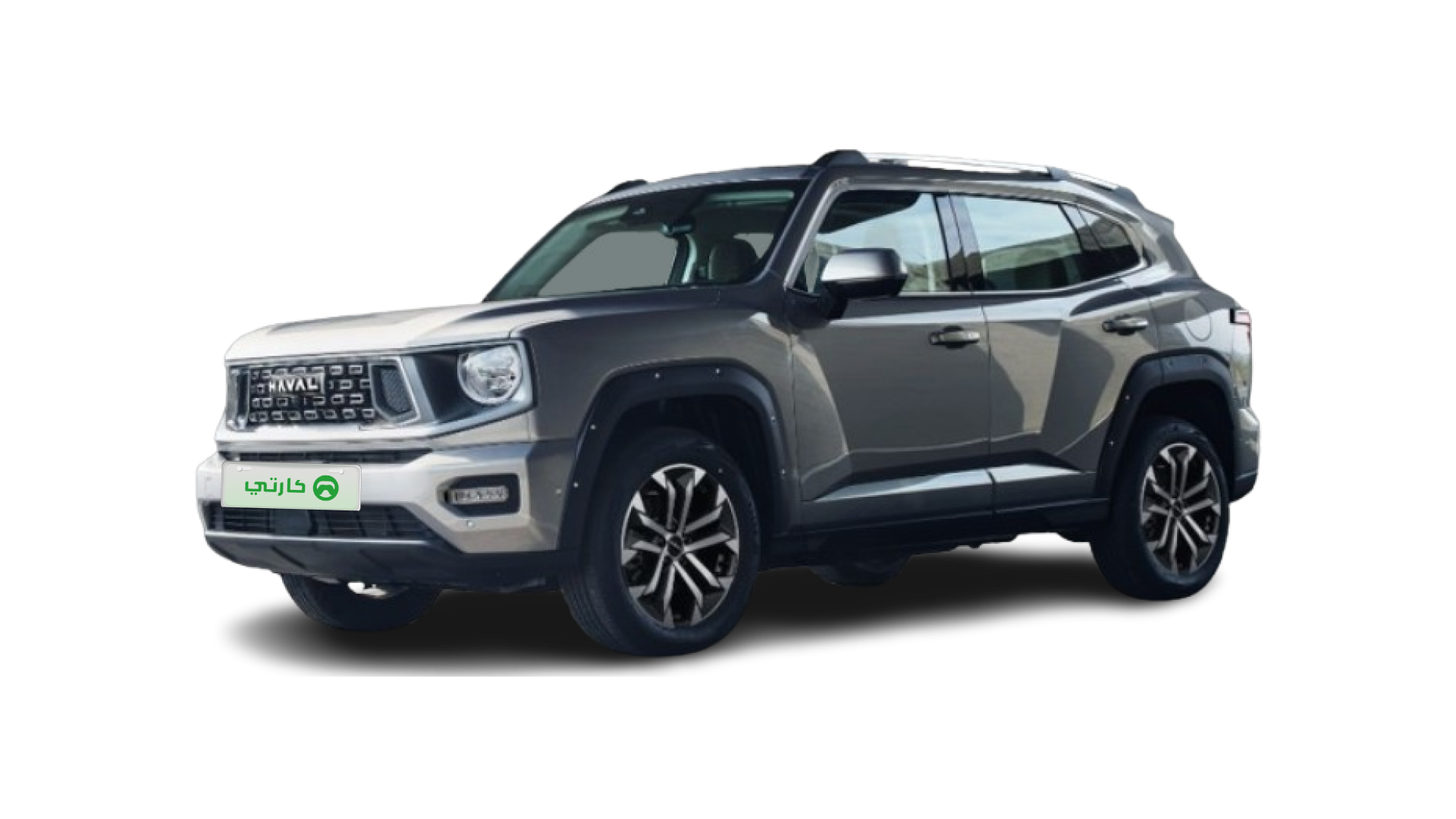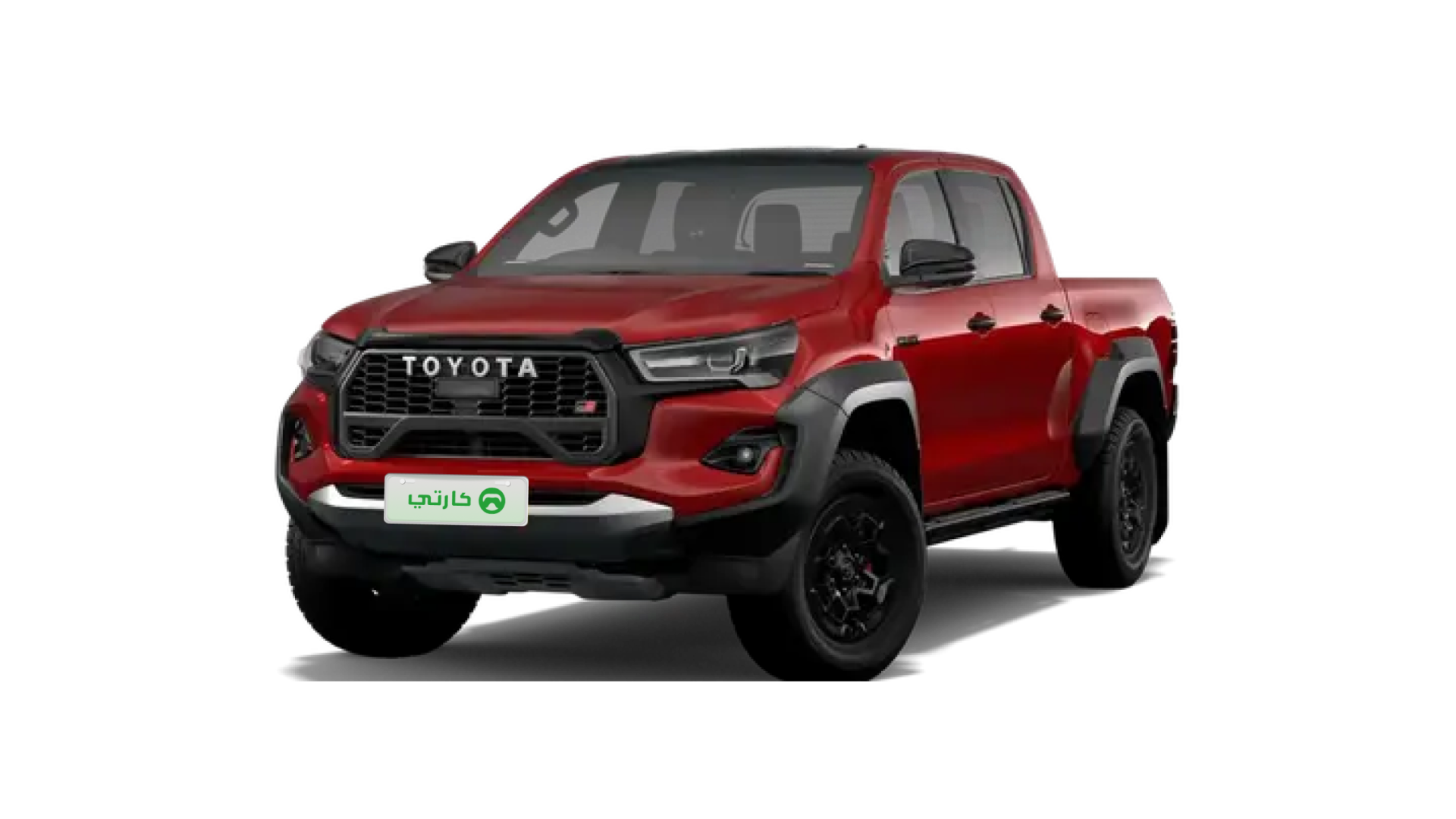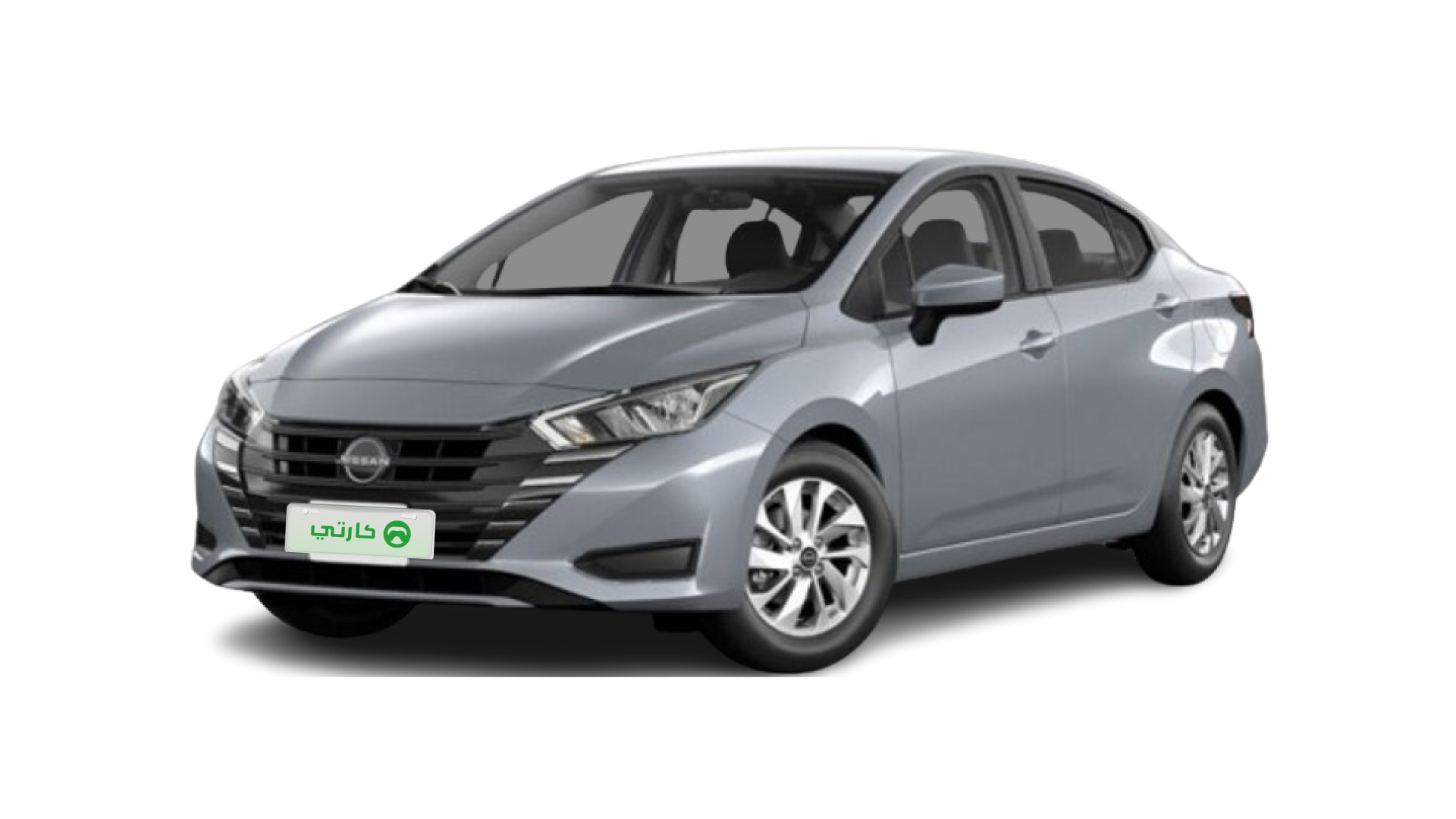Looking for ways to keep your Corolla 1.8 engine in peak condition? This guide offers practical advice, clear checklists, and innovative tips to elevate your maintenance routine. Your Toyota Corolla 1.8 engine deserves top care that maximizes performance and longevity!

How to Maintain Your Corolla 1.8 Engine in 2025
Keeping your Toyota Corolla 1.8L engine in optimal shape is key to a reliable driving experience. In this section, you’ll find maintenance tips and recommended practices to ensure smooth performance day after day.
Daily Care Checklist
Daily inspections can help prevent bigger issues down the road. Make sure you:
Monitor dashboard warning lights as soon as they appear.
Check engine oil levels every 800-1,000 km to maintain proper lubrication.
Listen closely to your engine; unusual sounds during acceleration might signal underlying issues.
Critical Replacement Intervals
Understanding replacement cycles is essential to avoid costly repairs. Here is a breakdown of the components and their suggested replacement intervals:
Component | Replacement Cycle |
|---|---|
Engine oil | 8,000-10,000 km |
Air filter | 24,000 km |
Timing chain | 160,000 km |
Cooling System Management
Your engine’s cooling system plays a crucial role in overall performance. Follow these steps to manage it effectively:
Use a Toyota-approved coolant in a balanced 50/50 mix to ensure proper heat absorption.
Flush the cooling system every 48 months to remove sediment and contaminants.
Consider replacing the thermostat around 120,000 km to secure steady engine temperatures.
Performance Enhancement Techniques
Unlock the full potential of your Toyota Corolla 1.8L engine with these smart performance boosters. You can enjoy smoother rides and enhanced fuel efficiency by following these simple practices:
Fuel Efficiency Boosters
Improving fuel efficiency not only reduces costs but also keeps your engine running smoothly. Try these actionable tips:
Regularly maintain tire pressure between 32-35 PSI for optimal energy transfer.
Clean your fuel injectors at least once a year to ensure a consistent fuel flow.
Use 0W-20 synthetic oil as recommended for improved engine efficiency and reduced friction.
Smart Acceleration Practices
How you drive directly influences your engine’s performance. Keep these pointers in mind:
Avoid sudden starts, especially when the engine is below 2,000 RPM, to reduce wear and tear.
Utilize cruise control on long drives to maintain a steady engine speed.
For manual transmission models, shift gears smoothly to reduce engine stress.
Long-Term Ownership Costs (2025 Models)
Budgeting for long-term ownership involves understanding both routine maintenance and occasional major services. Consider these cost factors to manage your expenses effectively:
Maintenance Cost Breakdown
Careful budgeting can help you avoid surprises. Below is an indicative breakdown of some key service costs:
Basic service:AED 350-500 / SAR 350-500
Major tune-up:AED 1,200-1,800 / SAR 1,200-1,800
Engine diagnostic scan:AED 120-200 / SAR 120-200
Warranty Optimization
Optimizing your warranty benefits is as important as maintaining your engine. Here’s how to extend your engine’s lifespan and ensure warranty compliance:
Adhere strictly to the scheduled maintenance routines.
Maintain digital service records to track every service.
Rely on authorized service centers that meet GCC standards for repairs.

Troubleshooting Common Issues
Even the best-maintained engines can run into occasional issues. Recognize and address common problems by following these guidelines:
Cold Start Challenges
In cooler conditions, your engine might face cold start issues. Keep these tips in mind:
Allow your engine to warm up for about 30 seconds during cold weather.
Change your spark plugs every 60,000 km to ensure consistent performance.
Have your battery health checked annually to avoid unexpected failures.
Warning Light Interpretation
Modern dashboards provide signals to help you catch issues early. Understand the importance of these indicators:
A yellow engine light signals that you should schedule a diagnostic check within the next 48 hours.
A red temperature light means that you need to stop driving immediately and check your cooling system.
2025 Engine Technology Updates
The latest Toyota Corolla 1.8L models incorporate advanced technologies that set new standards in performance and efficiency. Stay informed with these updates:
Hybrid Integration
New engine models increasingly feature hybrid components. Some highlights include:
Integration of regenerative braking systems that enhance fuel efficiency.
Smart alternator management that contributes to overall engine reliability.
Enhanced battery health monitoring systems ensuring longevity across different driving patterns.
Software Improvements
Software updates are transforming engine performance. Keep an eye on these innovations:
Predictive maintenance alerts that help you address issues before they escalate.
Fuel mapping updates designed to optimize fuel consumption and performance.
Transmission shift pattern optimization for a smoother and more responsive drive.
Pro Tip:In regions with harsh climates, consider scheduling an engine cleaning twice a year to prevent dust accumulation in the air intake system.
FAQ
Q1:How often should I schedule routine maintenance for my Toyota Corolla 1.8L engine?
Your Corolla’s 1.8 engine benefits from regular upkeep. Daily checks combined with periodic maintenance, such as oil changes every 8,000-10,000 km and air filter replacements every 24,000 km, can make a big difference. Keeping detailed service records and following GCC certified maintenance practices will support engine longevity. It helps reduce unexpected repairs and maintains fuel efficiency. Regular maintenance is key to peace of mind on every journey.

Q2:Can I improve the fuel efficiency of my Corolla 1.8 engine with simple adjustments?
Absolutely! Paying close attention to tire pressure, using the recommended 0W-20 synthetic oil, and scheduling annual cleaning of fuel injectors can significantly improve fuel efficiency. Smart driving habits, like using cruise control on highways and avoiding abrupt acceleration, further enhance performance. These fuel efficiency boosters help ensure a balanced, cost-effective drive every time. Effective fuel management not only saves money but also extends engine life.
Q3:What are the signs that I need to visit a service center immediately?
If your dashboard shows a persistent yellow engine light or a red temperature warning, it’s time to seek professional assistance. Other signs like unusual noises during acceleration or irregular engine vibrations should not be ignored. Addressing issues early can prevent more severe engine damage. Regular diagnostics and adhering to replacement intervals are essential in keeping your Toyota Corolla 1.8L engine reliable. Prompt attention to these signs ensures safer and smoother driving experiences.
Q4:Does upgrading engine software really make a difference?
Yes, updating your engine’s software can lead to noticeable improvements in both performance and fuel efficiency. Modern updates include predictive maintenance alerts and fine-tuned fuel mapping, which optimize the engine's operation. These enhancements help the engine respond better to different driving conditions and reduce wear. Making sure your vehicle’s software is up-to-date guarantees that you’re benefiting from the latest technology. It’s a smart investment in the longevity of your engine.
Read More:
How to Check Car History With Chassis Number?2025 Guide
How Much Does Car Insurance Cost in UAE? 2025 Price Trends Revealed
Is Toyota Rush a Good Car? 2025 Owner's Guide for Practical Buyers
8 pics

Adrian is an Editor. Psychology graduate with over 4 years in the automotive industry, 3 in front of the camera. Occasionally seen at his family owned tyre shop. He will only buy cars that pass the big bottle test.
